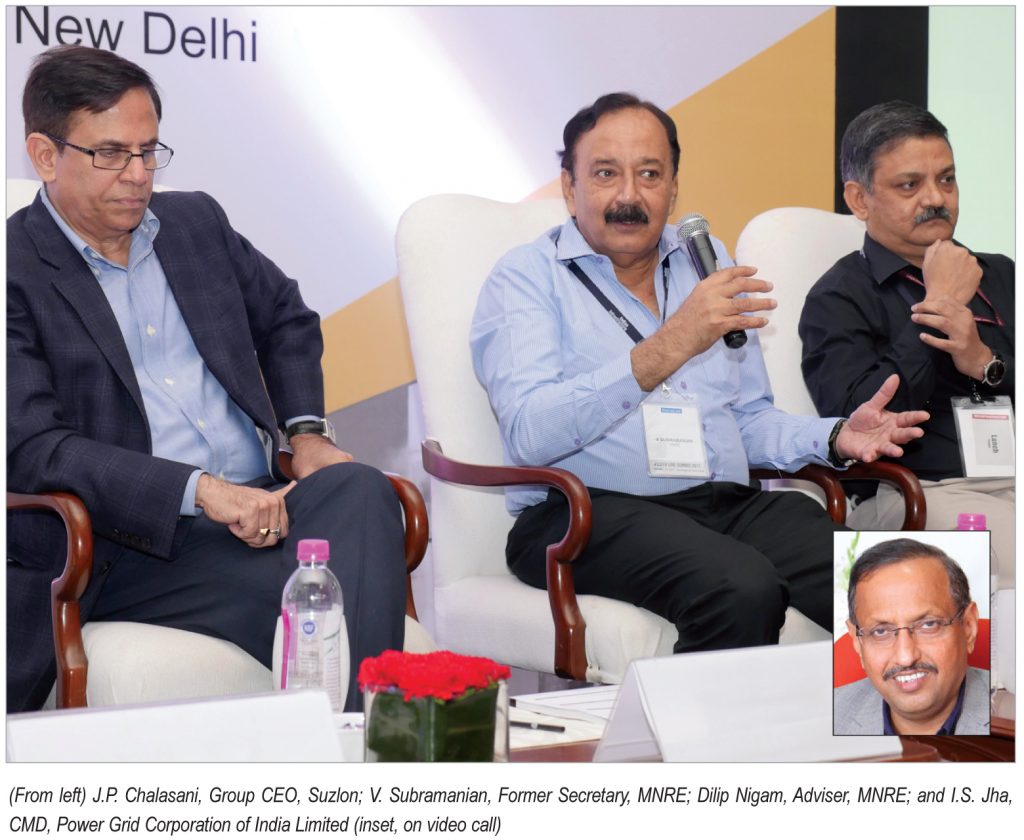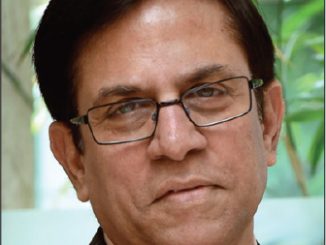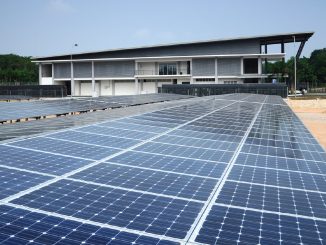 Whether progress towards the 175 GW renewable energy target is on track or not has been the main thrust of key discussions in the power sector in recent years. However, the renewable energy segment has been facing headwinds with discoms demanding a renegotiation of contracts, renewable energy tariffs falling to unsustainable levels, backing down of solar plants, grid connectivity concerns and delays in discom payments.
Whether progress towards the 175 GW renewable energy target is on track or not has been the main thrust of key discussions in the power sector in recent years. However, the renewable energy segment has been facing headwinds with discoms demanding a renegotiation of contracts, renewable energy tariffs falling to unsustainable levels, backing down of solar plants, grid connectivity concerns and delays in discom payments.
In the session “Achieving 175 GW of Renewable Energy Capacity” at the Power Line Summit 2017, senior government officials and industry experts discussed progress towards India’s renewable energy targets, and the issues and challenges facing the sector. The panellists included J.P. Chalasani, group chief executive officer (CEO), Suzlon; I.S. Jha, chairman and managing director (CMD), Power Grid Corporation of India Limited; Dilip Nigam, adviser, Ministry of New and Renewable Energy (MNRE); and V. Subramanian, CEO & secretary general, Indian Wind Energy Association and former secretary, MNRE. A summary of the panel discussion…
Achieving 175 GW target
Of the 60 GW wind energy capacity target by 2022, 33 GW is already in place. To meet the remaining 27 GW, 5.5 GW of capacity will need to be installed per year, which is equal to the capacity addition achieved in 2016-17.
Meanwhile, in the solar energy segment, the target is 100 GW. Of this, about 40 GW is expected to come from the rooftop solar segment. During 2017-18, capacity addition of 10-12 GW is planned in solar while around 5 GW is planned in the wind segment. However, the industry is apprehensive about achieving these targets as the new project pipeline is weak.
Industry experts have apprehensions about the 175 GW renewable energy target by 2022. While the wind energy targets may be feasible, the solar targets appear ambitious.
Falling solar and wind power tariffs
In the solar and wind energy segments, tariffs have fallen to as low as Rs 2.44 per unit and Rs 2.64 per unit respectively. The low levels of tariff discovered in the recent bidding may not be sustainable in the industry, and may pose challenges for achieving the renewable energy targets. The only rationale that explains the low tariffs is that there is no other avenue to get projects as most of the states have stopped signing power purchase agreements (PPAs), but have not yet come forward with their bidding processes. Further, these auctions have certain favourable parameters pertaining to location and transmission connectivity.
In the solar power segment, the low tariff is partly due to the cheap import of solar panels. The bulk import of solar modules and cells squarely ignores the government’s Make in India initiative, and with developers relying so heavily on imported solar modules, setting up solar projects would become the business of big companies. Therefore, there is a need to develop solar thermal projects with energy storage solutions, which would make power available from these projects throughout the day.
Unfortunately, once these low tariffs are recorded, the states start setting these as the benchmark for gauging all past and future auctions. However, replicating these tariffs for other projects will be challenging. Overall, in India, competitive bidding across all infrastructure segments has largely been aggressive. Initially all stakeholders, including the government and banks, show high enthusiasm and excitement and then bring the sector down to such low levels that getting it back to reasonable levels takes a long time.
Grid integration
At present, renewable energy accounts for 18 per cent of the total installed capacity. This capacity has been well integrated into the system. However, the challenges would grow as more and more capacity comes up for connectivity. One of the areas of concern is that the intra-state transmission network has failed to keep pace with the growing renewable energy base. To this end, Power Grid Corporation of India Limited (Powergrid), in a joint venture with the state authorities, is implementing intra-state transmission projects. So far, Powergrid has taken up these projects in the states of Bihar and Uttar Pradesh.
Integrating 175 GW of renewable energy is challenging given the basic intermittent nature of renewable energy sources. However, several steps are being taken in the transmission segment to ensure the smooth integration of renewable energy. Green energy corridor projects focus on establishing both interstate and intra-state transmission networks for renewable energy projects. The Green Energy Corridor II project would integrate over 20 GW of renewable capacity from the upcoming ultra mega solar power plants. The development of these transmission projects is on track, and at a number of places it is ahead of generation capacity.
A recently emerging cause for concern regarding grid integration of renewable energy is the squatting on the transmission system by certain developers. Powergrid gives approval for access to an interstate transmission network after examining the applications as per the existing guidelines within the stipulated time frame and allots the network on a first come, first served basis. Sometimes, it so happens that the developer accommodated in the transmission system fails to secure renewable capacity in the bidding process, leading to squatting on the transmission network. The Central Electricity Regulatory Commission is mulling over formulating guidelines, wherein transmission connectivity would be associated with the winning bidder. The guidelines on transmission connectivity are still in the evolving phase and it would take some time to ensure that network connectivity guidelines for renewable energy projects are robust in nature.
Further, with growing renewable energy integration, maintaining a stable grid is a challenge. In order to obtain stable voltage levels, even with variation in generation capacity, Powergrid is installing state-of-the-art dynamic compensation devices such as static synchronous compensators and static VAR compensators. Forecasting renewable power generation is also essential for system stability. In addition to state and regional load despatch centres, the MNRE is setting up 11 renewable energy management centres, which will be responsible for forecasting renewable power generation. Apart from this, there is a need to develop adequate balancing capacity to address the issue of intermittency of renewable power generation. Hydro- and gas-based plants work well as a balancing energy source. However, their development faces a number of challenges.
Issues and challenges
One of the key issues in renewable development is the renegotiation/cancellation of PPAs. In the current scenario of falling solar tariffs, old projects awarded at higher tariffs have been rendered uncompetitive. As a result, while some of the states have cancelled their old PPAs, others are looking for PPA renegotiation. This would hurt the sentiments of developers and impact investor confidence in the renewable energy segment.
In addition, with renewable energy tariffs falling so drastically in recent years, banks are unwilling to lend to renewable energy projects, doubting the sustainability of these tariffs. In addition, there are challenges pertaining to land acquisition (limited availability and high prices) in the country.
For the overall success of renewable power in the country, there is a need to boost power demand and develop an ecosystem where power demand matches power generation. Otherwise, given the large quantum of renewable energy generation in the coming years, there would be massive unutilised power in the country, especially during the daytime. There is also an urgent need to develop cost-effective energy storage technologies for maintaining grid stability.
In order to promote the wider uptake of renewables and move closer towards the targets envisioned for the segment, there is a need to address the challenges facing the renewable energy sector. Meanwhile, the focus on maintaining grid stability with increasing renewable energy capacity is crucial for maintaining a robust power sector.



